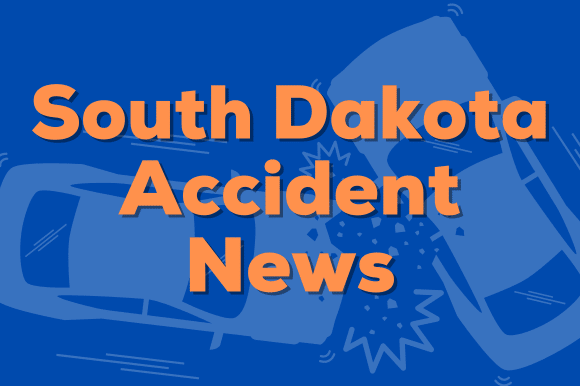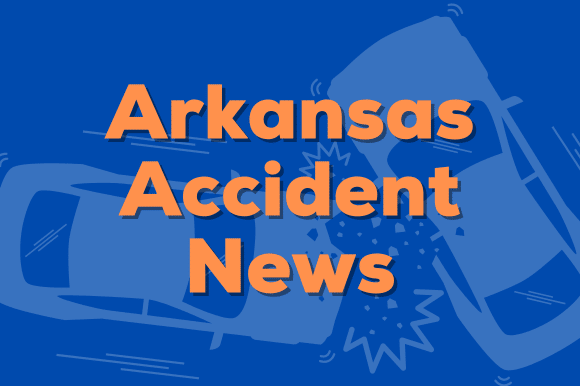An aerial view in February 2024 of work on a new bike and pedestrian bridge over State Route 520 and connecting trails north and south of the highway. (Washington State Department of Transportation)
Washington lawmakers announced Saturday a $15.5 billion plan to pay for a wide range of transportation needs, from highway megaprojects to state ferries.
It’s backed by the first gas tax increase in nearly a decade. The package is a jump from what is now expected to be a $13.2 billion transportation budget for the current biennium.
More than a third of the new budget will pay for road improvements, with another almost $1.6 billion to spend on highway maintenance and road preservation.
The bipartisan framework for the next two-year budget cycle that starts July 1 includes $895 million for new ferries, terminal improvements and vessel preservation, $1.1 billion for the removal of obstacles to fish migration and $312 million in rail investments and port electrification.
The total funding included in Senate Bill 5161 is more than what the House had initially proposed, and less than the Senate’s plan.
No workers would face furloughs. Initially, the Senate proposed 13 furlough days in fiscal year 2026 for many state transportation workers.
As in the original House version, some road projects not already contracted would be paused, but many of the biggest would continue.
“We’re keeping our promises on the core projects,” said Sen. Marko Liias, D-Edmonds. “I think it’s been a very difficult process, but we’ve landed at a result that I think Washington is going to be proud of.”
A 6-cent boost to the gas tax will help the state keep its promises. This week, the state House and Senate approved raising or creating a bevy of taxes and fees, including the gas tax, shoveling an estimated $3.2 billion toward transportation over the next six years. The suite of new revenue now awaits action from Gov. Bob Ferguson, a first-term Democrat.
The revenue package received no Republican support in the House and five Republican votes in the Senate.
Funding transportation for the next biennium came with numerous challenges, including soaring costs for highway construction, state ferry replacements, and culvert removals. Languishing gas tax proceeds make up much of the state’s transportation revenue, and a warming planet is fueling moves toward more energy-efficient vehicles.
These problems left transportation with a $1 billion shortfall in the next two-year budget, growing to $8 billion over the next six years. Without new money, lawmakers warned of major projects left unfinished.
Lawmakers have to balance the budget across four years.
“I don’t think there’s ever been a more challenging piece of legislation that we’ve worked through,” said Rep. Andrew Barkis, the top House Republican on transportation policy.
Negotiations between the House and Senate were made even more difficult by the gulf that separated their two initial proposals. For one, the Senate looked to eliminate half of the shortfall through a creative plan to move funding for the court-ordered removal of fish passage barriers to the construction budget. The House didn’t take up the idea.
The budget announcement comes on day 104 of the 105-day legislative session, so both chambers plan to pass it Sunday.
The framework is dedicated to Sen. Bill Ramos, who worked on the transportation budget before his unexpected death last Saturday while on a trail run near his home in Issaquah.
“This has been a difficult process,” said Liias, the chair of the Senate Transportation Committee. “Losing our friend a week ago and trying to write a budget while we were all heartbroken made a very difficult task almost impossible.”
Highways
The proposed money will keep on track some of the state’s behemoth highway undertakings, like the North Spokane Corridor, Puget Sound Gateway spanning King and Pierce counties and improvements on State Route 520 between Seattle and Redmond.
And $580 million is included for the new Interstate 5 Columbia River Bridge spanning Washington and Oregon. Lawmakers this session also approved authorizing the sale of $2.5 billion in bonds to help pay for the replacement. The bond bill now sits on Ferguson’s desk.
The bridge replacement will cost an estimated $5 billion to $7.5 billion. Permits are anticipated by 2026, and construction is projected to last until 2032.
Ferries
One of the many needs looming over budget writers this session was the transition to a hybrid-electric ferry fleet.
Ferguson, though, announced last month that the state would postpone conversions of the state’s largest vessels as Washington has struggled to keep enough ferries in service. The first conversion fell well behind schedule and ballooned in price.
State officials will likely reconsider the conversions after the FIFA World Cup next summer.
Meanwhile, bids for five brand new hybrid-electric vessels are due next month.
The proposed budget for this biennium includes $274 million for new ferry construction, $221 million for preservation of existing ferries and $151 million for terminal electrification.
Proceeds from carbon auctions under the Climate Commitment Act make up almost $1.4 billion of the total budget. That money would pay for $461 million for public transit, $316 million in active transportation projects, $230 million for ferries and $225 million for work on electrification and alternative fuels.
And speaking of the World Cup, the budget includes $9 million in grants for public transit agencies to provide increased service during the tournament.
Fish
Washington state officials last year acknowledged they couldn’t meet the goal of opening up 90% of the habitat that culverts have long blocked by 2030.
That benchmark came after a judge found the state violated tribes’ treaty fishing rights by installing poorly designed and maintained culverts, which carry water under roadways. So the state has to pay to correct these barriers that impede salmon and steelhead migration in western Washington.
But like other transportation projects, this work has skyrocketed in cost, with some remaining endeavors facing price tags upward of $100 million.
The state and tribes are entering mediation to figure out a new path forward that recognizes the state’s fiscal reality and the upstream and downstream barriers that would still block fish passage even after state culverts are removed.
The state Senate had pushed a plan to borrow up to $5 billion to address the culvert shortfall. But the bipartisan proposal ran into opposition that doomed its chances this year, including from the governor.
Liias hopes lawmakers can revive the legislation, Senate Bill 5804, next year.
But for now, he called the $1.1 billion for this work a “good-faith step to show our tribal leaders we’re serious” as the state enters mediation.
This post was originally authored and published by Jake Goldstein-Street from Washington State Standard via RSS Feed. Join today to get your news feed on Nationwide Report®.





























